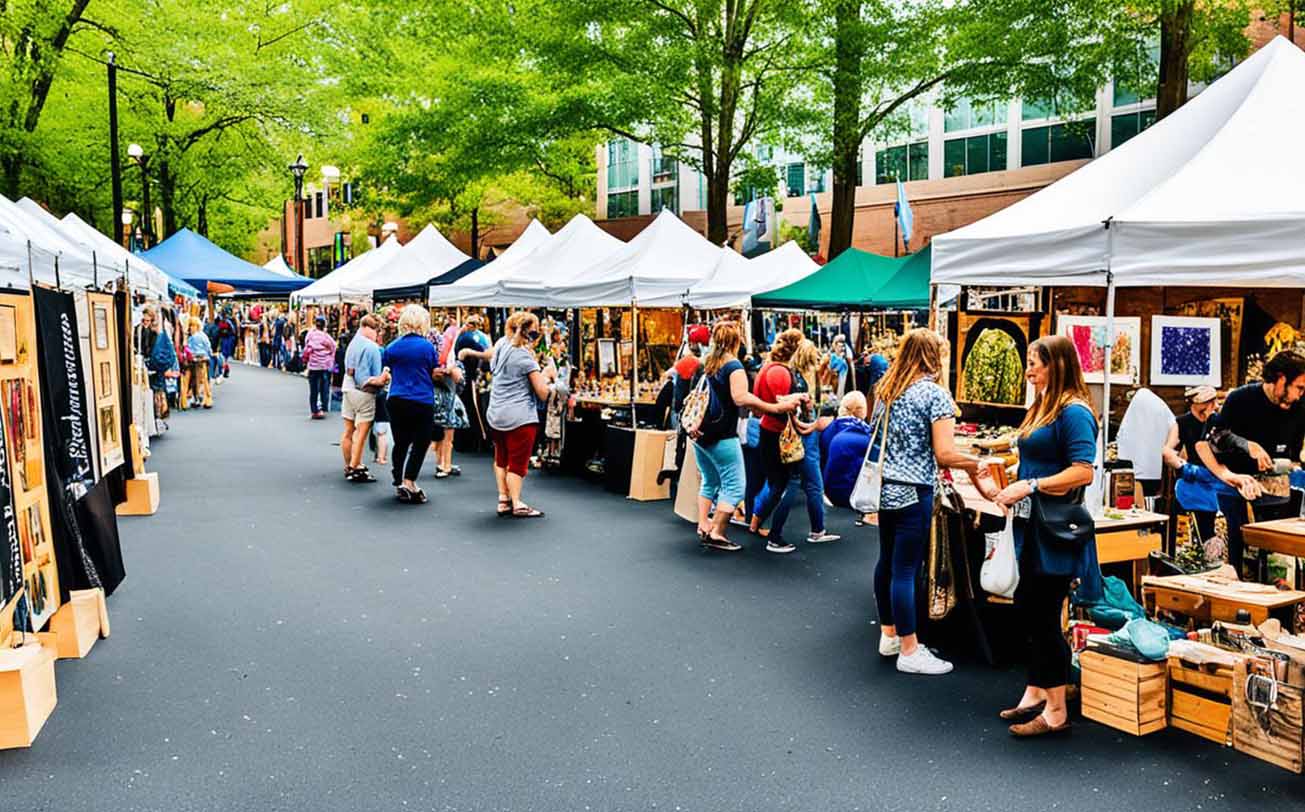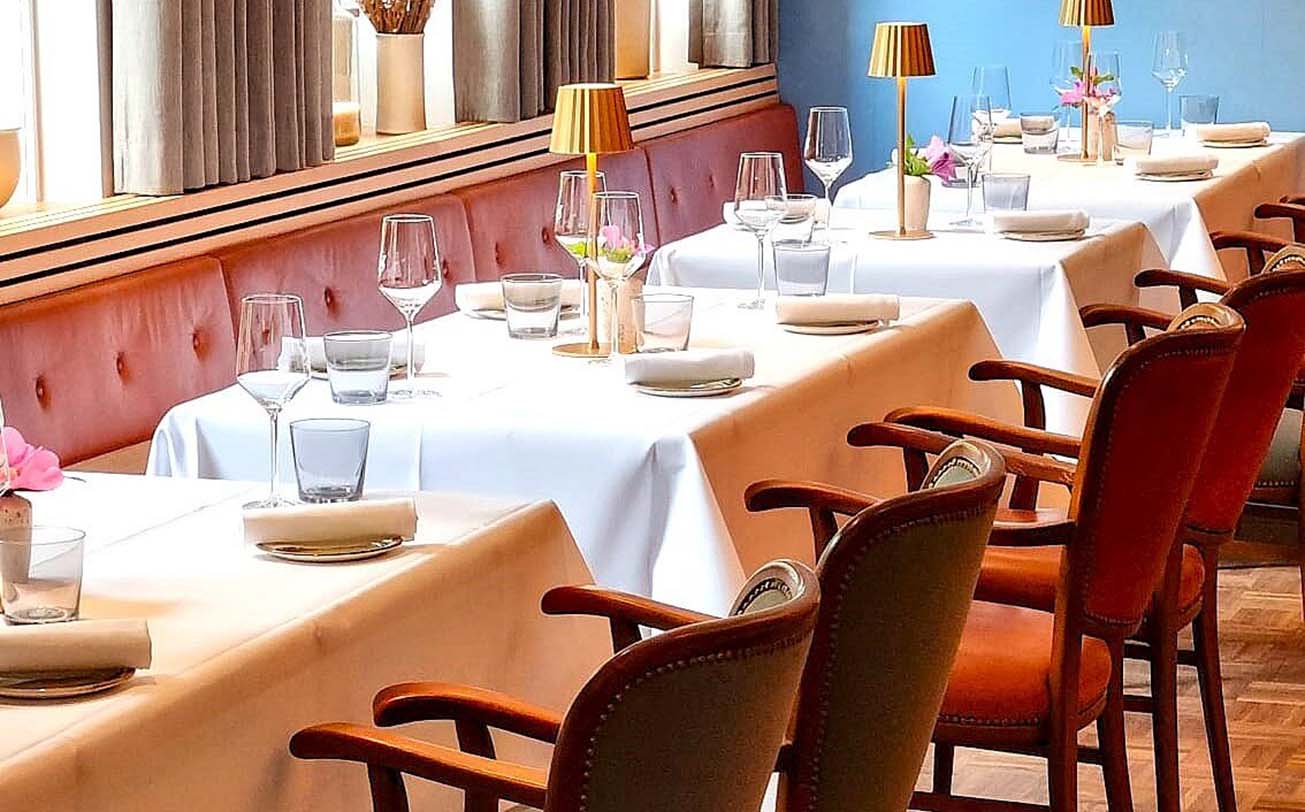1. A Town Drenched in History and Warmth
Osnabrück, nestled in the northwest of Germany in Lower Saxony, evokes a rare sentiment of timelessness. Its cobbled streets, timber-framed houses, and grand ecclesiastical structures do more than pay tribute to history—they live and breathe it. A city once shaped by the Peace of Westphalia, Osnabrück balances medieval gravitas with a disarming, quiet charm. This fusion becomes especially vivid during the colder months, when festive markets bloom across its squares, and weekend mornings bring flea markets alive with generations of heirlooms.
There is something almost theatrical about the way Osnabrück unfolds its character during these seasons. Christmas lights spill over the half-timbered façades, baroque towers cast long winter shadows over the market stalls, and the smell of roasting chestnuts and mulled wine becomes an ambient fragrance.
2. Marktplatz: The Heartbeat of Osnabrück’s Festive Spirit
At the core of Osnabrück lies the Marktplatz, framed elegantly by the Rathaus (Town Hall), St. Mary’s Church, and the characteristic rows of gabled merchant houses. This historic square becomes the stage upon which the city hosts its famed Christmas market, a tradition that stretches back centuries.
The market opens each year with the ceremonial lighting of the grand Christmas tree, usually sourced from the Teutoburg Forest. The moment the lights flicker to life, there’s a visible shift in the atmosphere. The cobblestones seem to gleam under the golden hue of the lights. The square, filled with locals and travelers alike, becomes a tapestry of knit scarves, wool coats, and joyful anticipation.
Dozens of wooden huts, known as “Weihnachtshütten,” are arranged like a miniature village. Each one is decorated meticulously with pine garlands, red ribbons, and glowing lanterns. Traditional craftsmanship is proudly on display: hand-carved wooden toys, beeswax candles, blown-glass ornaments, and intricate lacework. These are not mere souvenirs; they are heirlooms in the making, created with the same precision and spirit that once defined the Hanseatic League’s dedication to quality.
The scents in the air mix like a festive alchemy. Roasted almonds, cinnamon pastries, grilled bratwurst, and of course, Glühwein—steaming mugs of mulled wine laced with cloves and orange peel. A booth near the Rathaus serves a particularly popular cherry-glühwein, deep red and sweet, with just enough spice to awaken even the coldest evening.
Children gather around the life-sized nativity scene, and nearby, a historic carousel twirls to the sound of brass bands playing “Stille Nacht.” Occasionally, the faint toll of the church bell adds a layer of solemn beauty.

3. The Timekeepers: St. Peter’s Cathedral and the Town Hall
Standing sentinel over the market festivities, the twin spires of St. Peter’s Cathedral and the Gothic angles of the Town Hall act as timekeepers of the city’s long and complex story.
Inside the cathedral, the echoes of the past linger in the high vaulted ceilings and candlelit chapels. Murals and sculptures whisper of the city’s shifting powers—from ecclesiastical to secular, from imperial grandeur to post-war resilience. During December, special concerts take place here. The air vibrates with sacred music, Latin hymns, and the deep resonance of the pipe organ. The experience is less of a performance and more of a ritual, as if the building itself were singing along.
The Town Hall, meanwhile, offers a more political reflection. It was here that the Peace of Westphalia was signed in 1648, ending the Thirty Years’ War. During Advent, this site—usually the realm of scholars and historians—becomes intertwined with festivity. Historical re-enactors occasionally walk the square in 17th-century garb, explaining to curious children how peace was once negotiated within those very walls.
4. Weekend Flea Markets: A Different Kind of Treasure
On Saturdays and Sundays, as the morning mist rises from the roofs of Osnabrück, a different kind of market takes shape. Beneath the watchful eyes of the churches and old city gates, vendors arrange tables and tapestries to create pop-up shops of memory and mystery.
Flea markets in Osnabrück are not merely commercial endeavors—they are conversations with time. A brass candlestick from the Wilhelmine era, a box of postcards penned in cursive Fraktur, vinyl records from the early days of German rock. Each item tells a story, not always complete, but vivid enough to spark the imagination.
Locals arrive early, armed with thermoses of strong coffee and canvas totes. The best pieces often go quickly: a hand-stitched dirndl, Meissen porcelain, a set of WWI-era medals, or mid-century Danish chairs. There is bargaining, of course, but it is gentle and respectful. The sellers, often retired couples or antique enthusiasts, are eager to share the provenance of each item.
One memorable stall displayed an old school satchel from the 1930s, cracked leather and brass buckles still intact. The owner explained it had belonged to his grandfather, who had cycled to school daily from a nearby village. That satchel, now softened by use and time, was bought by a young art student, who planned to restore it and use it for her sketches. Such exchanges are common here—past and present meet across a foldable table and a handshake.
5. Große Straße and Krahnstraße: From High Street to Hidden Corners
For those who seek more contemporary diversions alongside historical intrigue, the pedestrian zone spanning Große Straße to Krahnstraße offers a curated blend of boutique shopping, historic cafes, and architectural interest. During the festival season, these streets become twinkling arteries, pulsing with shoppers and storytellers.
Clothing boutiques here blend new German design with vintage pieces—evidence of a city that respects its roots while embracing reinvention. A store selling hand-knitted scarves sits next to a vinyl records boutique, while a third-generation watchmaker operates next to a minimalist Scandinavian interior shop.
One notable café, established in 1898, continues to serve Apfelstrudel according to a handwritten recipe stored under glass at the counter. Patrons linger over tall glasses of Eierlikör or plates of Pfeffernüsse cookies, watching as the street performers and costumed carolers pass by.
6. Schloss Osnabrück and the Baroque Gardens
Beyond the bustle of the central market lies Schloss Osnabrück, the former residence of the Prince-Bishops and now home to the university’s administrative offices. During the colder months, the Baroque gardens behind the castle fall into a certain noble slumber. The symmetry of the hedges and the frosted stillness of the fountains provide a moment of meditative peace.
The winter frost kisses the statues, and the reflecting pool becomes a mirror of bare branches and gray skies. One might find a violinist practicing beneath the archway or a philosophy student reading Rilke on a bench wrapped in layers of wool. It is a quiet luxury, to walk these gardens with the faint scent of snow in the air and the city humming distantly beyond the hedges.
In early December, a smaller artisan market is held here, curated more like a museum exhibit than a typical market. Local artists display framed etchings, handbound books, botanical illustrations, and silverwork. The patrons browse slowly, thoughtfully, and often return later with friends.

7. Teutoburg Forest: Nature’s Eternal Clock
Just beyond Osnabrück’s urban boundary lies the Teutoburg Forest—a ridge cloaked in evergreens, mist, and myth. Here, history stretches even further back, to the days of Arminius and the Roman legions. The forest becomes especially mystical in the early winter light. Its quiet, its scale, and its age create a sacred atmosphere.
Paths snake through moss-covered stones and streams running like icy veins. Wooden signs point toward the remnants of Iron Age fortifications and ancient pilgrimage routes. Along the way, smaller villages prepare for their own seasonal festivals. Here, the Christmas traditions feel more pagan in origin—bonfires, carved wooden masks, and hearty stews that steam beneath star-speckled skies.
A rustic cabin café halfway through the hike offers wild berry jams, pumpkin soups, and dark bread slathered with herbed lard. Beside a stove, hikers warm their hands while flipping through guestbooks dating back to the 1950s.
8. Living History at Museumsquartier and Felix Nussbaum Haus
To understand Osnabrück’s spirit, one must confront its contradictions—its role in peace negotiations and war, its celebration of faith and tragedy, its mixture of optimism and gravity. The Museumsquartier, located near the Heger Tor, curates this complexity with both dignity and innovation.
The main complex houses rotating exhibits that range from medieval artifacts to modern installations. Adjacent to it stands the Felix Nussbaum Haus, designed by Daniel Libeskind, a stark architectural expression of memory and exile. Within its angular walls hang the haunting works of Nussbaum, a Jewish artist born in Osnabrück who perished in Auschwitz. The museum refrains from dramatization. It lets silence speak, lets the brushstroke mourn, and allows visitors to walk away slightly changed.
Outside, during Advent, lanterns are lit along the pathway, and sometimes a solitary violinist plays beneath the sculpture arch. A reminder, perhaps, that joy and grief, like winter and spring, do not cancel each other—they coexist.
9. Old Traditions, New Eyes
In Osnabrück, time is not merely recorded in books or monuments. It is lived, each day, each season, through community, craftsmanship, memory, and celebration. The festive markets are more than commerce—they are stages of continuity. The flea markets are more than places of trade—they are galleries of inheritance. The streets are not only passages through space—they are corridors through time.
Each encounter here—be it with an artisan selling pewter ornaments, a baker shaping pretzels in a centuries-old oven, or a grandmother explaining how to make Glühwein properly—adds a layer to the city’s living story. Osnabrück teaches, gently but firmly, that the past is not behind us; it is alongside us, walking the same cobblestones, drinking the same spiced wine, watching the same winter sky.



